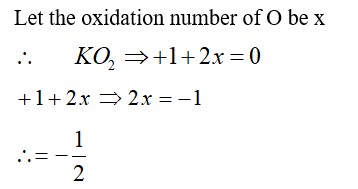PCl5 is well known, but NCl5 is not. Because
(a) Nitrogen is less reactive than phosphorous
(b) Nitrogen doesn’t have d-orbitals in its valence shell.
(c) catenation tendency is weaker in nitrogen than phosphorous
(d) size of phosphorous is larger than nitrogen
PCl5 is well known, but NCl5 is not. Because
(a) Nitrogen is less reactive than phosphorous
(b) Nitrogen doesn’t have d-orbitals in its valence shell.
(c) catenation tendency is weaker in nitrogen than phosphorous
(d) size of phosphorous is larger than nitrogen
Option 1 -
A
Option 2 -
B
Option 3 -
C
Option 4 -
D
-
1 Answer
-
Correct Option - 2
Detailed Solution:Phosphorous can expand its covalency beyond 4, as it has vacant 3d orbitals. Nitrogen can't expand its covelency beyond 4, as it does not posses vacant 3d- orbitals.
Similar Questions for you
From BF3 to BI3 Lewis acidic strength increases
F2 is the strongest oxidising agent
HClO4 is the most acidic compound.
Taking an Exam? Selecting a College?
Get authentic answers from experts, students and alumni that you won't find anywhere else
Sign Up on ShikshaOn Shiksha, get access to
- 66k Colleges
- 1.2k Exams
- 680k Reviews
- 1800k Answers




